By Eliza Anyangwe and Laura Oliverio, CNN
Editor’s note: This story is part of As Equals, CNN’s ongoing series on gender inequality. For information about how the series is funded and more, check out our FAQs.
The work of CNN’s As Equals team is to cast a light on underreported stories, from underrepresented storytellers, deepening our understanding of our shared world by focusing on how that world is shaped if you are a woman or nonbinary person.
So while most eyes were rightfully watching the war in Ukraine this year, we continued to ask: “What else should we be looking at? Who is telling stories, whether in text, video, or still images, that can bring invaluable perspectives to our coverage?”
This gallery, produced in collaboration with CNN’s Digital Photo Team, is an attempt to answer that question and present an alternative way of looking back on 2022. Each photographer has also told us the story behind the image, with their captions edited for brevity and clarity.
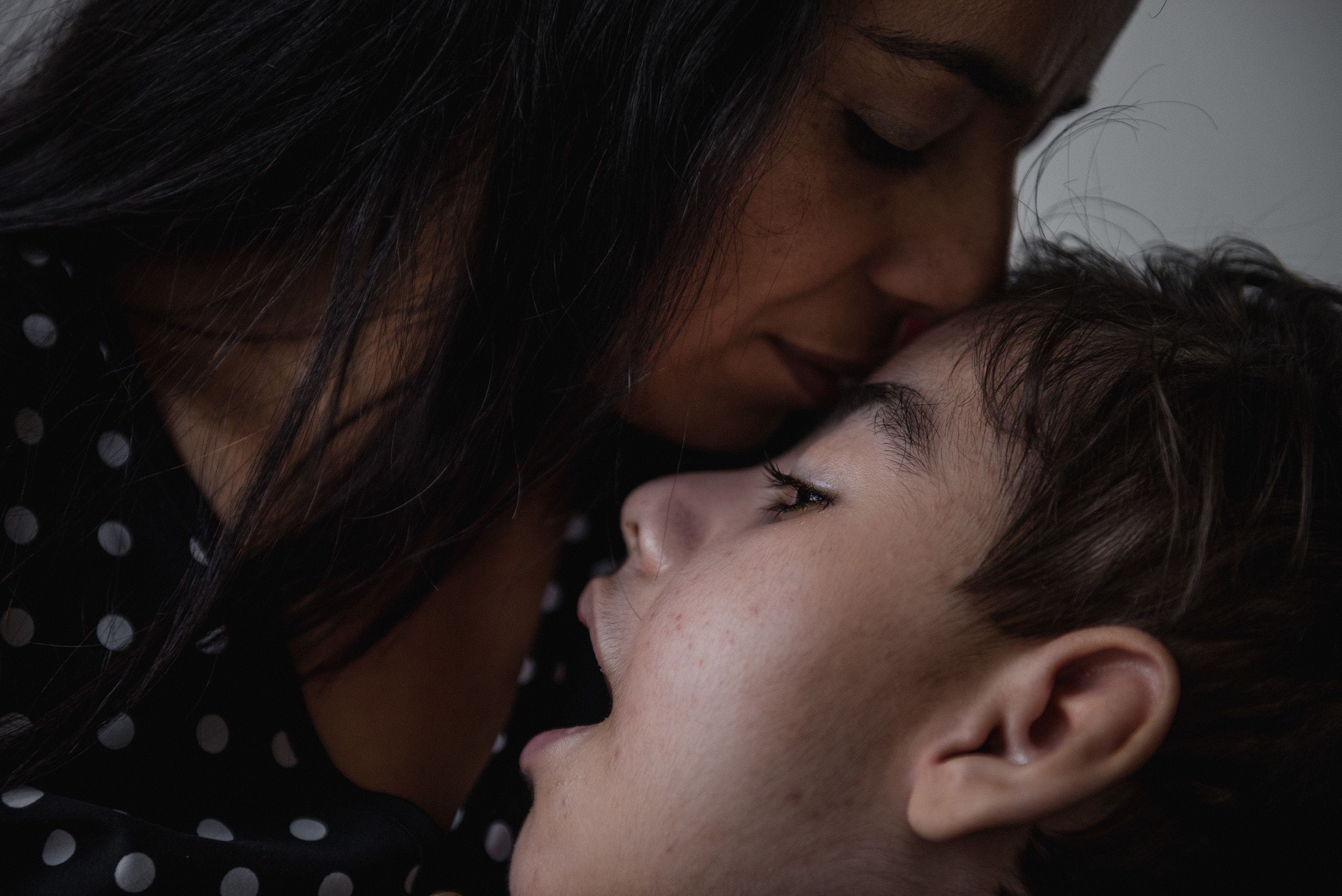
“When she was pregnant, Regina got infected with the Zika virus, which caused Davi to be born with microcephaly,” said Maíra Erlich, a photographer based in São Paulo and Recife, Brazil. The rare birth defect results in an underdeveloped head and brain.
“Over 4,000 children were born with this condition in Brazil between 2015 and 2016, due to the Zika virus outbreak transmitted by the mosquito Aedes aegypti,” she explained. “Davi has one of the most severe cases. He is blind and has minimal brain mass. After birth, Regina was informed by the doctor that her newborn son wouldn’t survive.”
“Family is a topic that strongly surrounds my work. Since I’m from the northeast of Brazil, where the Zika virus outbreak hit particularly hard, I remember that we were all living amidst the panic of being infected. Bottles of insect repellent were available everywhere, even on restaurant tables, next to olive oil, salt, and pepper. If someone got pregnant during that time, it was often viewed with sadness rather than joy. Now that the epidemic has passed, nobody talks about it anymore, but thousands of mothers are still struggling to care for their children and to understand how this rare and barely known health condition affects them.”
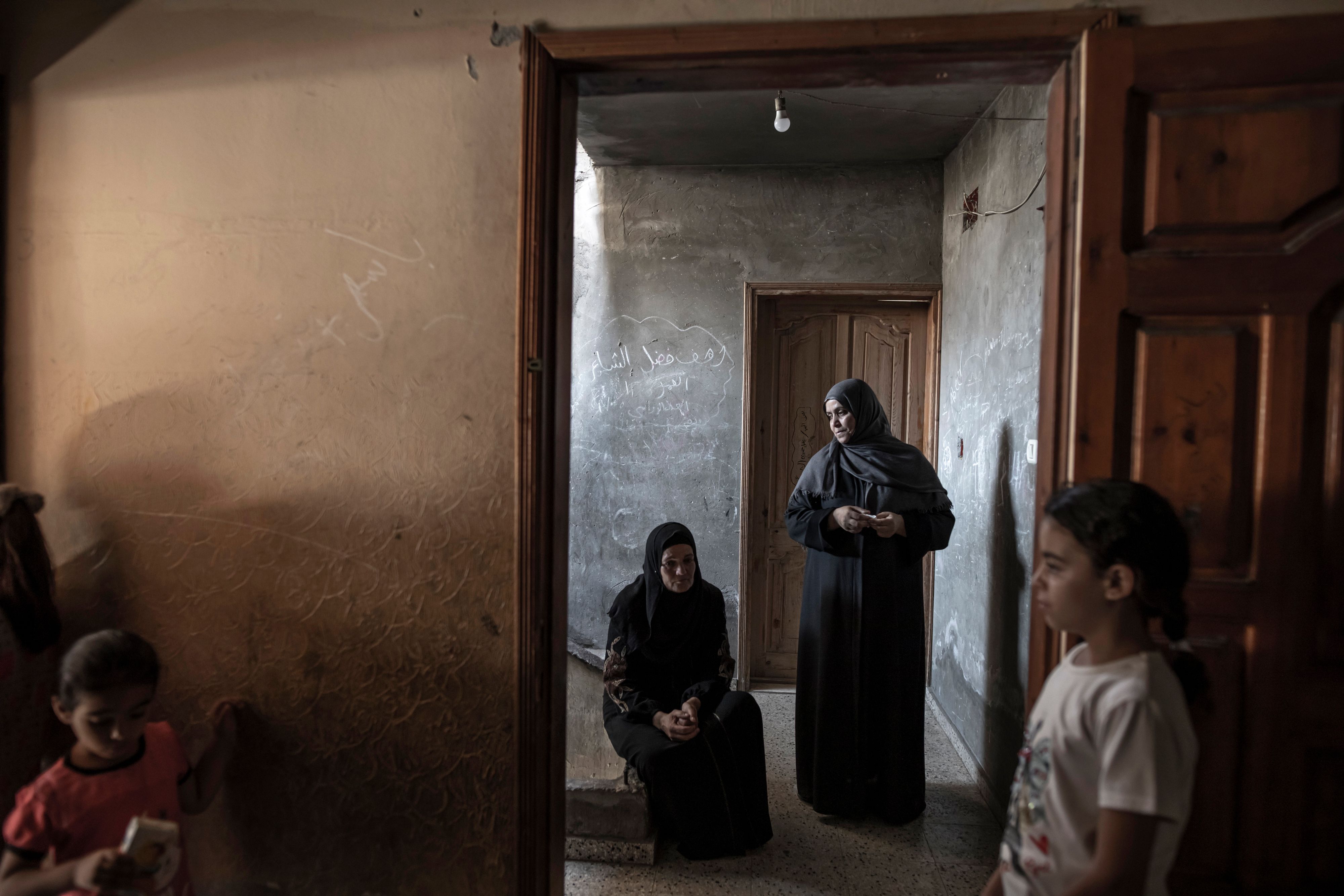
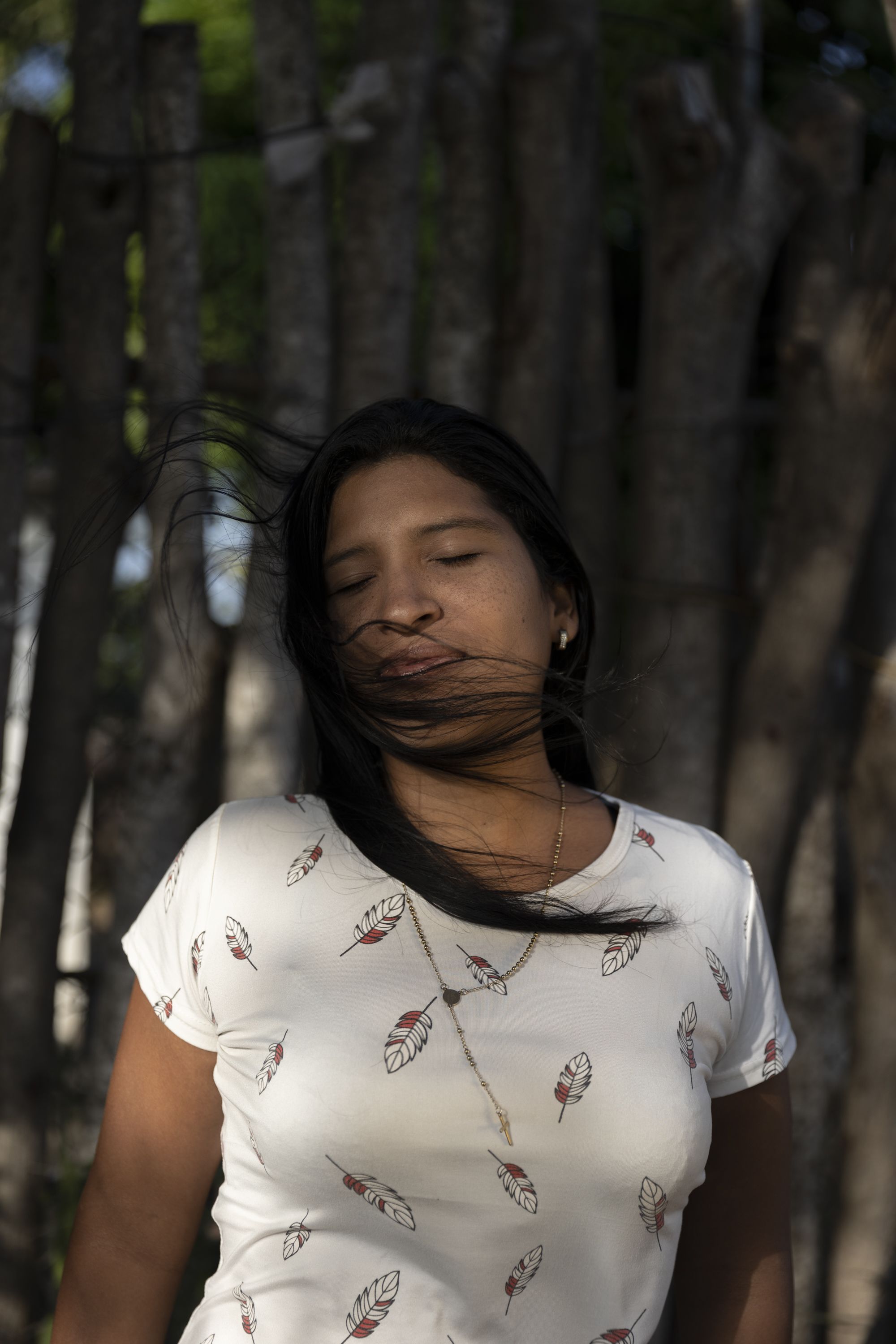
“I photographed Karelis for a project, The Wells Run Dry, which addresses how the Venezuelan population has aged due to migration waves. She decided to stay. Karelis is only one year younger than me, so we both share memories of Venezuela’s recent political turmoil. During the general strike, I was on vacation from school because it was shut down. Our realities are connected in their differences.”

“For much of the year, the drought in East Africa took a backseat to most other stories worldwide. I captured this image in February amid scenes of devastation in northern Kenya and Somalia. At that time, it felt like not many people cared, which was difficult to witness firsthand. However, I remain hopeful that more stories about the drought will emerge, leading to potential relief.” – Khadija M. Farah for Oxfam
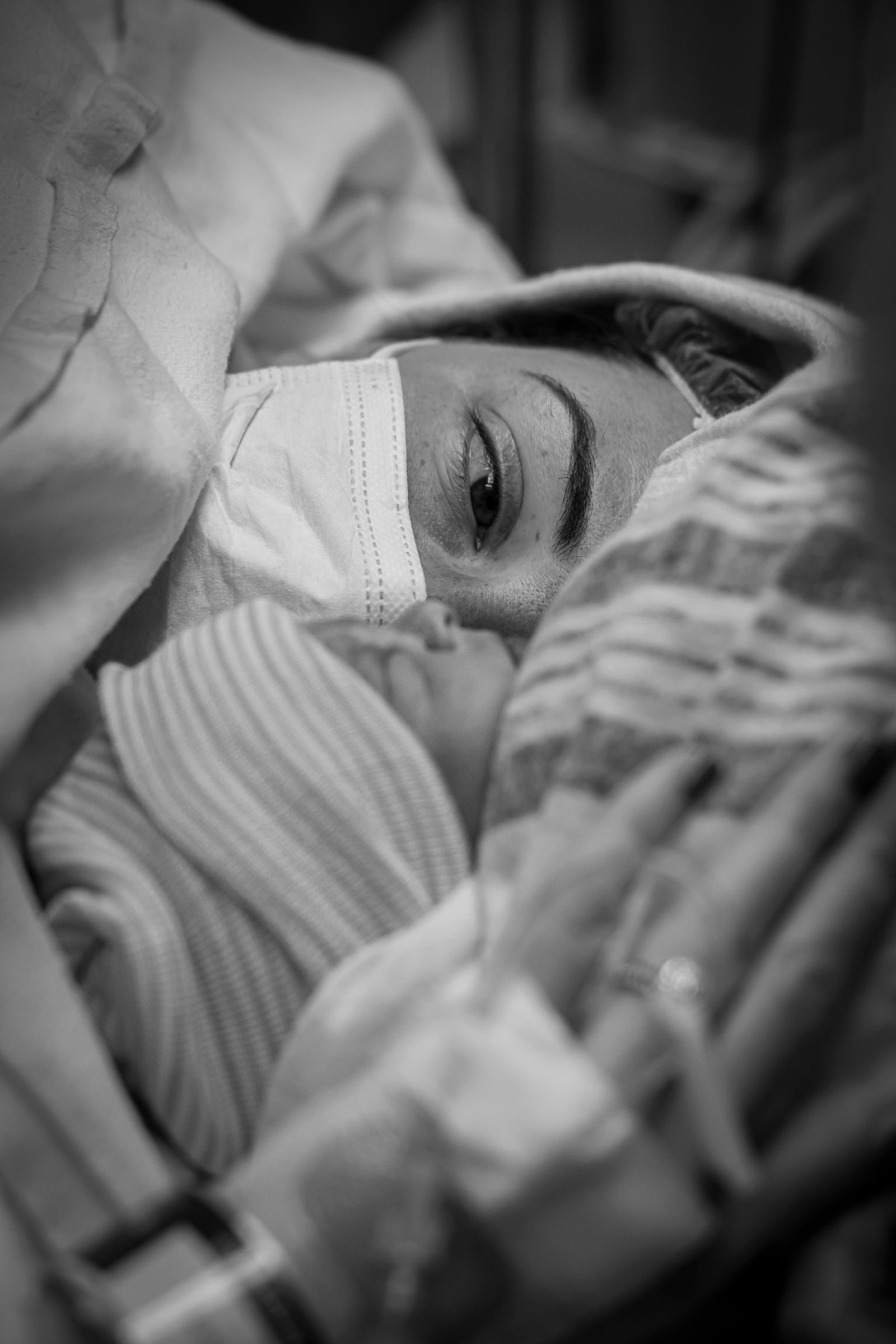
“The US Supreme Court’s decision in the Dobbs v. Jackson Women’s Health Organization reversed nearly half a century of precedent protecting women’s access to essential reproductive healthcare. This rollback of reproductive rights is abhorrent to me, both as a woman and mother. Pregnancy poses inherent risks; thus, making life decisions should remain a personal choice.”
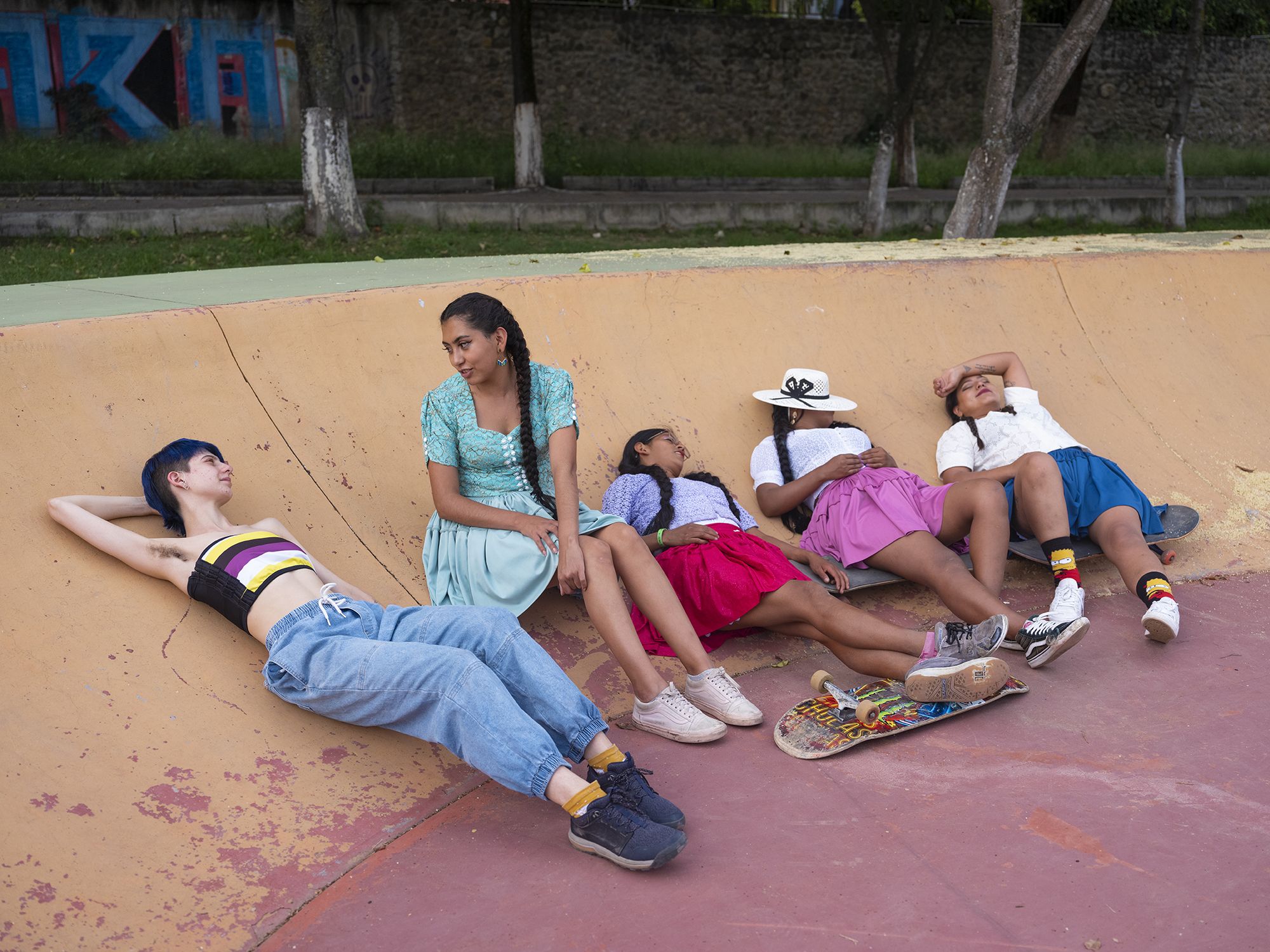
“Bolivia has a rich history built on the spirit of respecting its cultural traditions. Yet patriarchal ideas have silenced women and LGBTQ individuals for centuries. Consequently, it’s compelling to see the younger generations facing challenges as they redefine gender while honoring their traditions.”
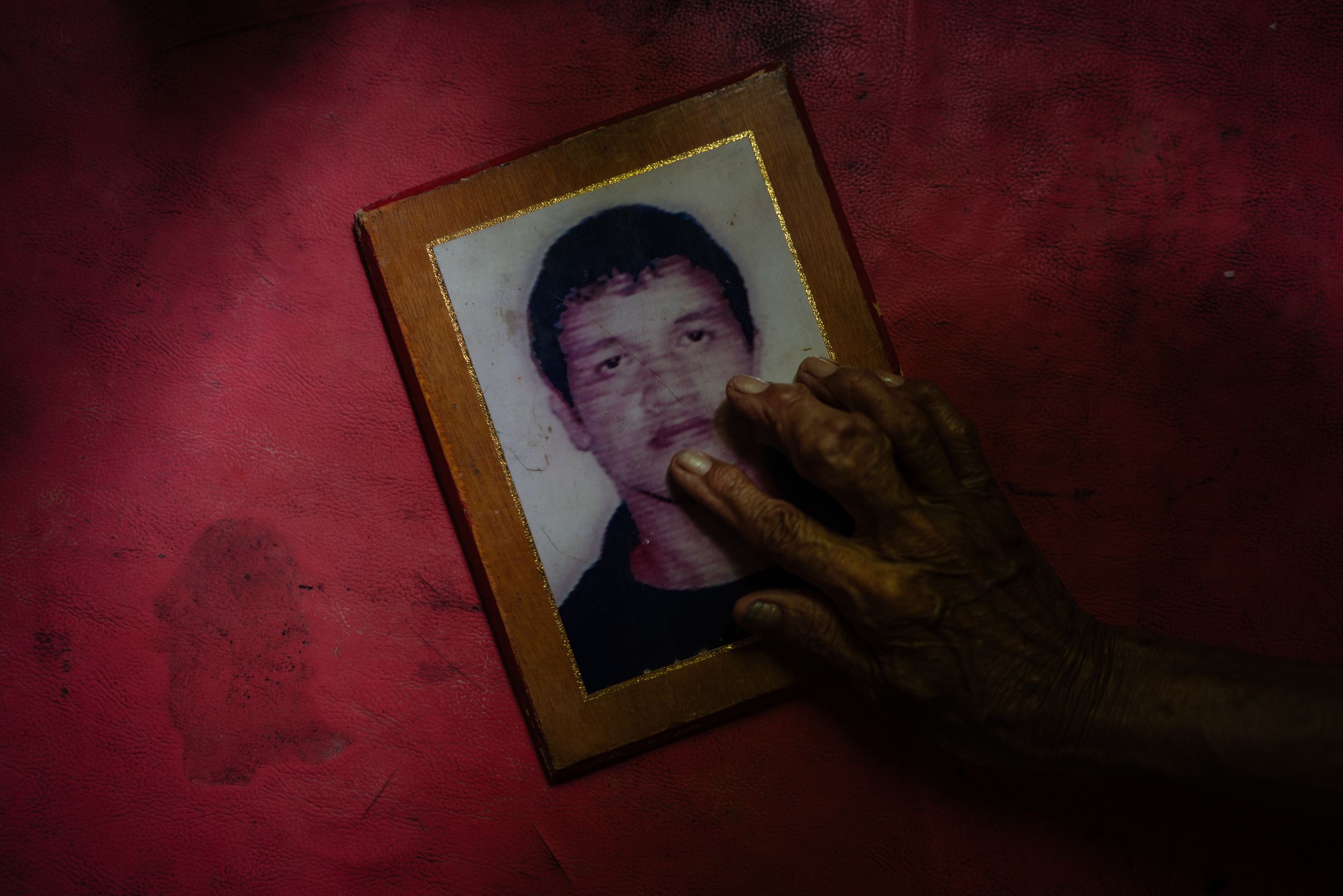
“It is challenging to cover the war in Ukraine without feeling its personal impact. Born in a Russian orphanage during the collapse of the USSR and later adopted by American parents, I realized my deeper connection to Ukraine while reporting there.”
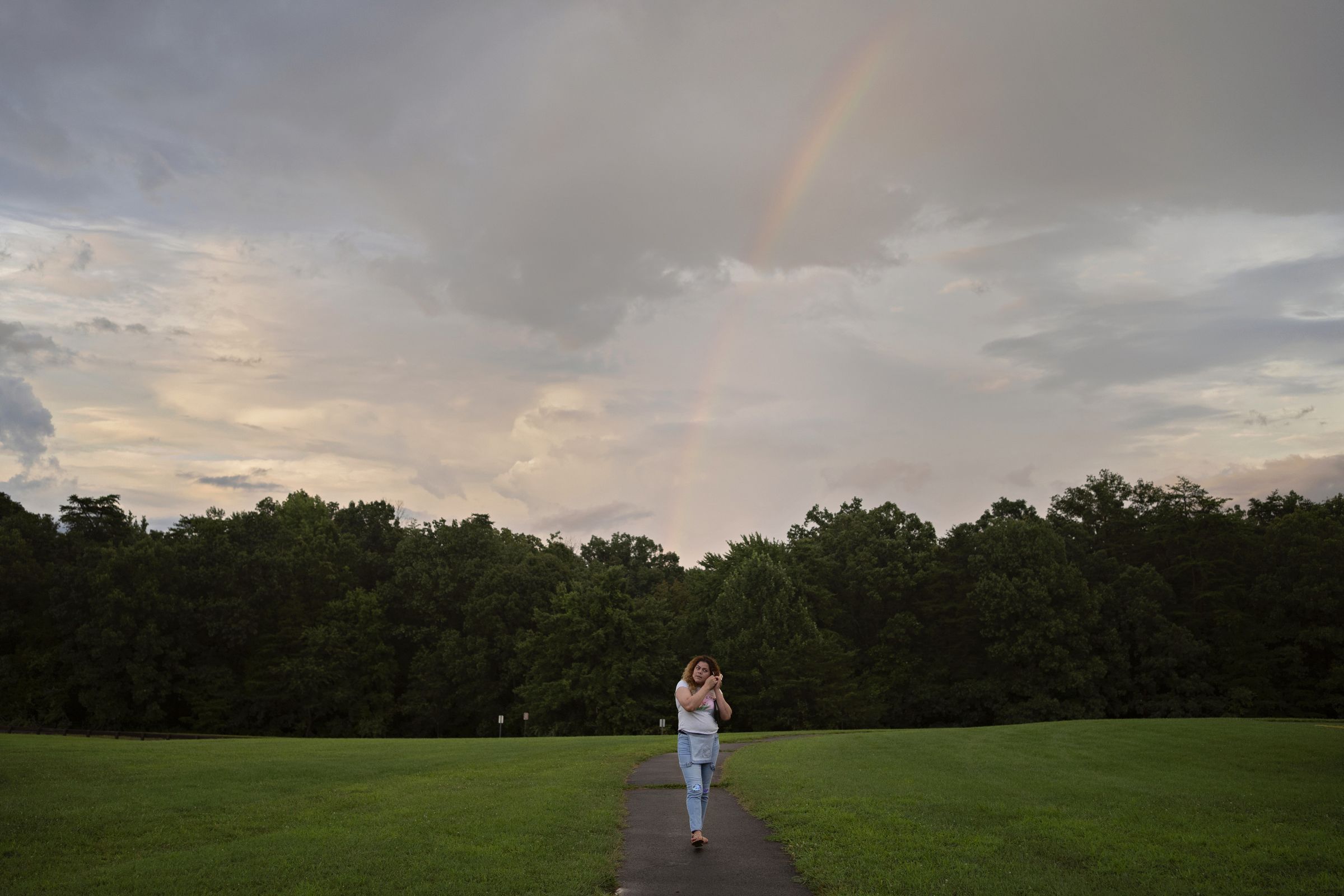
“Kataleya’s journey from Honduras has been tumultuous. Her resilience amidst transphobia and insecurity illustrates not only the hardships faced by many but also the hope for a brighter future.” – Danielle Villasana
Final Thoughts: Each of these narratives beautifully illustrates the myriad challenges faced across the globe. Through powerful imagery and personal stories, we gain invaluable insights into human resilience, struggles, and triumphs. Therefore, it is vital that we continue to share these experiences, fostering understanding and empathy.




